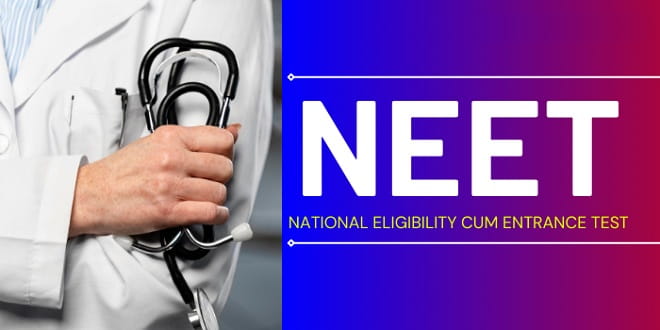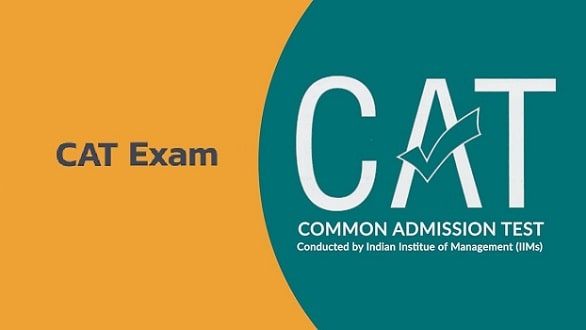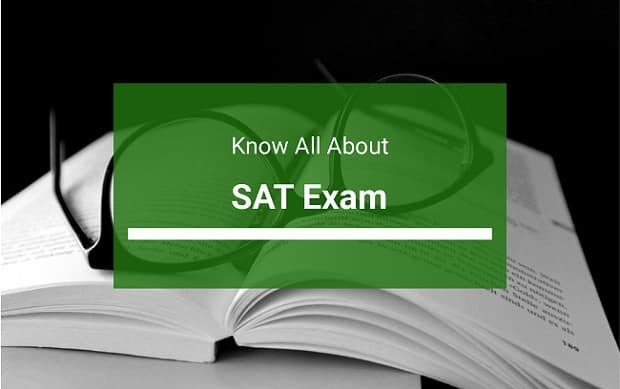One of the promising career options in India is that of becoming a lawyer. The career option is choosing by many people, and there are some very elite colleges like National Law University & Amity University. These colleges & school offers a lot of exposure to the students. If you are also willing to become a lawyer, then you are on the right page. In this article, we have shared the information about the most crucial entrance test you would have to appear in if you wish to be a lawyer. Yes, we are talking about CLAT, and you will find all the possible information about the same over here.
What is CLAT Exam?
CLAT, also known as The Common Law Admission Test, is an entrance exam conducted at a national level. The exam offers admission in Undergraduate & Postgraduate courses in the 22 National Law Universities in India. Apart from the NLUs, a lot of other colleges also accept CLAT scores for giving admission. You might not be aware of this, but some government organizations hire based on CLAT Post Graduation Score. Two of these prominent organizations include BHEL & ONGC.
The NLUs conducted this exam, and it is a similar procedure to that of CAT. Each NLU used to get a chance every year to conduct this high profile exam. Eventually, things changed, and a permanent body was formed to conduct the exam. This body is known as the Consortium of NLUs, and it has its headquarters in Bangalore. The members of the CLAT includes the executive committee, CLAT Conveyor and two vice-chancellors of NLUs.
The CLAT is held every year, and you can register yourself for the exam if you would like to be a lawyer. More details are shared about the CLAT exam in the subsequent sections below.
Eligibility for CLAT Exam
There are certain eligibility criteria associated with the CLAT Examination. The criteria differ for undergraduate and postgraduate programs. In this section, you can go through the eligibility criteria to understand if you are eligible for appearing in CLAT as well.
CLAT Eligibility for Undergraduate Program
The eligibility criteria for UG and PG programs differ. Let us start by talking about the eligibility criteria for the UG program, which is also known as BA LLB Program.
- Educational Qualification – In terms of educational qualification, you should have completed Class XII from a recognized board. If you are presently in Class XII and appear for the board exams, you are also eligible for appearing in the CLAT. The candidate would also require to submit the pass certificate from the board.
- Minimum Marks – It is mandatory for you to have scored a minimum of 45% in Class XII if you are from the general category. The minimum marks required by SC & ST candidates are 40%. If you have anything lower than this, then you are not eligible to appear for CLAT.
- Age – No age limit has been defined by the Bar Council of India.
CLAT Eligibility for Postgraduate Program
If you are seeking admission to Post Graduate Program, then you can go ahead and check out the eligibility criteria below.
- Educational Qualification – To appear for the CLAT PG, you need to have completed a five year BA LLB or a three year LLB from a university or college that the Bar Council of India has recognized. You can also appear in CLAT PG if you are in the final semester or the final year of the course that you are pursuing. The candidate would also require to submit the pass certificate from the last institute.
- Minimum Marks – There is also a minimum marks criteria associated with your graduation. Any general candidate who has scored less than 55% or any SC/ST candidate who has scored less than 45% is not allowed to appear in the CLAT.
- Age – The good thing about the age criteria is that there is no restriction here. This gives you the freedom to complete your Graduation, get some work experience and pursue Post Graduation.
CLAT Exam Syllabus & Pattern
We have covered the syllabus of the CLAT in this section. Go through the details now.
Undergraduate Program
- English Language – This section has a passage, and you will have questions associated with each passing. You are tested for your language, conclusions, comparison of arguments and vocabulary.
- Current Affairs & GK – In this section, you are tested for contemporary events, international affairs, historical event of significance and art & culture.
- Legal Reasoning – Here, you will get 450-word passages, and you will be questioned to test the legal reasoning. General awareness is enough to answer the questions.
- Logical Reasoning – This section also has passage-based questions. You are tested for the arguments, reasoning, analysis, and ability to draw relationships.
- Quantitative Techniques – The section has mathematic problems. It includes graphs, numerical, geometry, and other different types of problems.
Postgraduate Program
- Objective Section– This section has questions on various fields of law. You will have a passage, and a set of questions will follow each passage. You will be tested on your ability to understand the passage, awareness of the issue, summarizing the decision and knowledge of the law.
- Descriptive Section–Here, you will be tested on the legal, philosophical and factual issues arising from the question. You will also be tested on the ability to structure the answer.
Moving on, let us talk a little about the exam pattern. Go through the points below to learn more about the question paper.
Undergraduate Program
- The exam has 150 Multiple Choice Questions, and each question is of one mark.
- The maximum marks of the CLAT examination are 150.
- You are granted 120 minutes to complete the exam.
- For each correct answer, you are awarded one mark, and for the wrong answer, there is a penalty of -0.25 mark.
| Subject | Questions | Weightage |
| English | 28 to 32 | 20% |
| Current Affairs & GK | 35 to 39 | 25% |
| Legal Reasoning | 35 to 39 | 25% |
| Logical Reasoning | 28 to 32 | 20% |
| Quantitative Techniques | 13 to 17 | 10% |
Postgraduate Program
- The exam has a total weightage of 150 marks, and it has 100 MCQ (1 mark each) and 2 Essay Type questions (25 marks each & 800 word each).
- For each correct answer, you are awarded one mark, and for the wrong answer, there is a penalty of -0.25 mark.
- The MCQs can be on any law subject. In contrast, the essay type question can be on a contemporary issue or any other law topic.
Age Limit for CLAT Exams
In CLAT, there is no lower or upper limit that the Bar Council of India has declared. As per the general notification, there is a limitation associated with the educational qualification, which sets a soft lower limit. However, as per the general rule, there is no upper limit of the age associated with the CLAT examination.
Attempt Limit for CLAT exams
There is no restriction for the attempt limits in the CLAT Exam. You can appear any number of times until you meet the eligibility criteria associated with the examination. Moreover, we have covered information about the age limit in the previous section, which becomes another supporting factor for CLAT.
Fees for CLAT Exams
During the registration of CLAT, you would also need to make the payment of the application fee. The registration for CLAT would not be complete without this step. In the table below, we have listed the details of the fee.
| Description | Fee |
| Application Fee for General Category | Rs 4000 |
| Application Fee for OBC/PWD/NRI/PIO/CIO Category | Rs 4000 |
| Application Fee for SC/ST/BPL Category | Rs 3500 |
| Previous Year Question Paper | Rs 500 |
You should note that you can pay the fee via Online and Offline Method. In the Online method, the transaction is processed through SSL, and the gateway payment fee may apply. For the offline payment, the candidate would have to reach out to the bank and make the payment through challan.
The registration process of CLAT Exams
Since you have been through all the details, we assume that you are ready to apply for CLAT. If you have made up your mind to pursue BA LLB or any other law course, then you can go ahead and follow the procedure below to apply for CLAT.
- The first step of applying for the CLAT is visiting the official website. The link to the website is https://consortiumofnlus.ac.in.
- On the first page itself, you will notice the link for the ongoing CLAT registration. Click on it, and you will be redirected to a new page.
- On the new page, click on Register Button. This will take you to the registration form. Proceed by entering the details and also enter your mobile number.
- The system will trigger an OTP to your mobile, so complete the request by entering the OTP. Now, login to the portal and click Apply Button. The website will present you with the application form.
- Fill in the details in the application form and upload the photograph along with your signature. If you are applying under SC or ST category, you will also have to upload your category certificate.
- Now, you need to go ahead and preview the form before you submit it. Ensure that you have verified all the details since it becomes challenging to make corrections.
- In the last step, you can pay the fee. There are two ways to make the payment, and we recommend you to opt for the online method.
- Post payment, the registration is complete. You will be notified of your admit card availability and information on the test centres.

Rahul Kumar is a passionate educator, writer, and subject matter expert in the field of education and professional development. As an author on CoursesXpert, Rahul Kumar’s articles cover a wide range of topics, from various courses, educational and career guidance.




